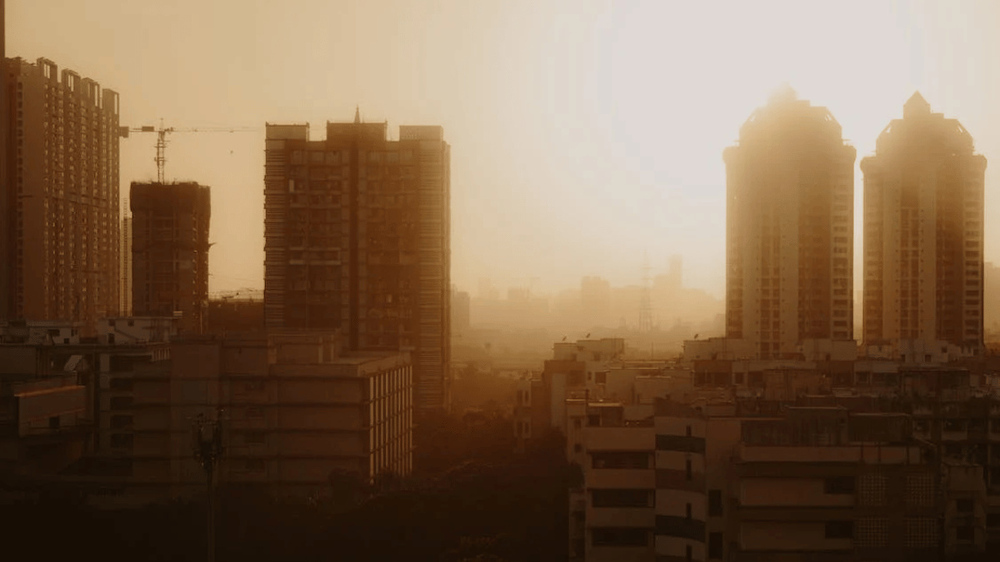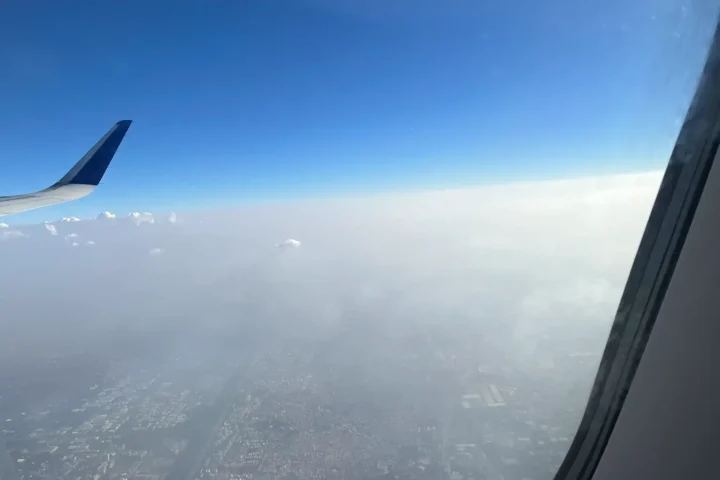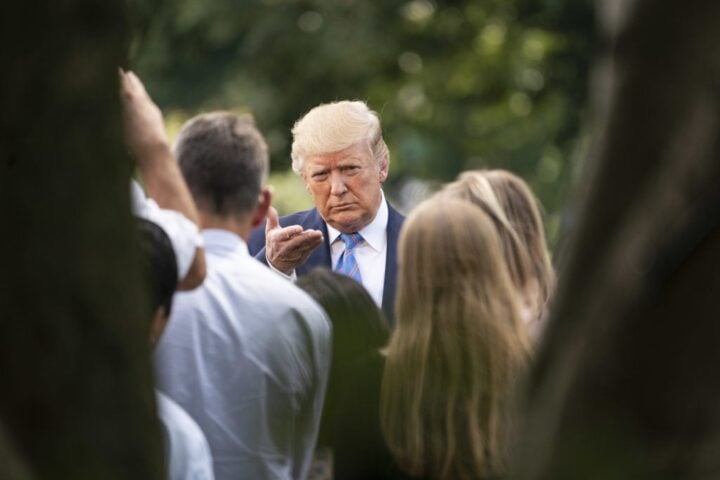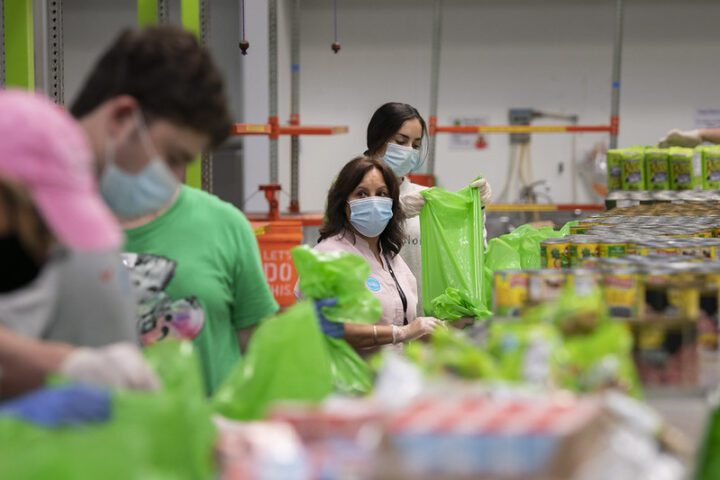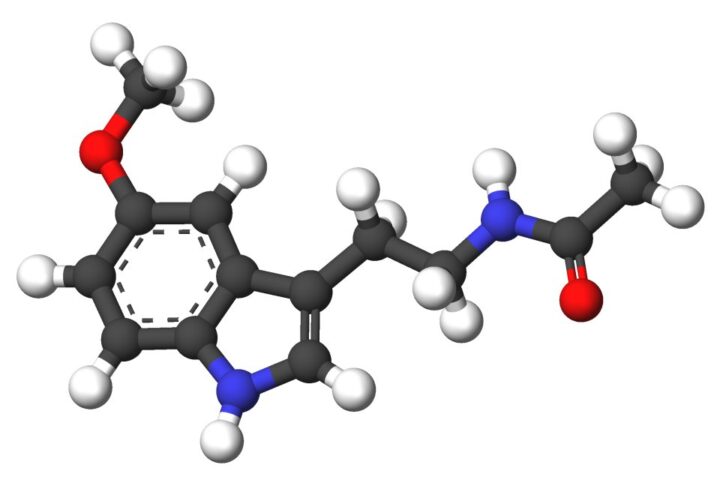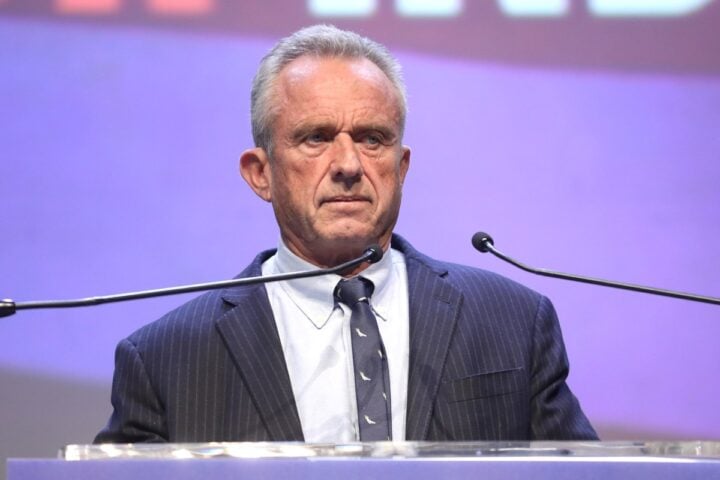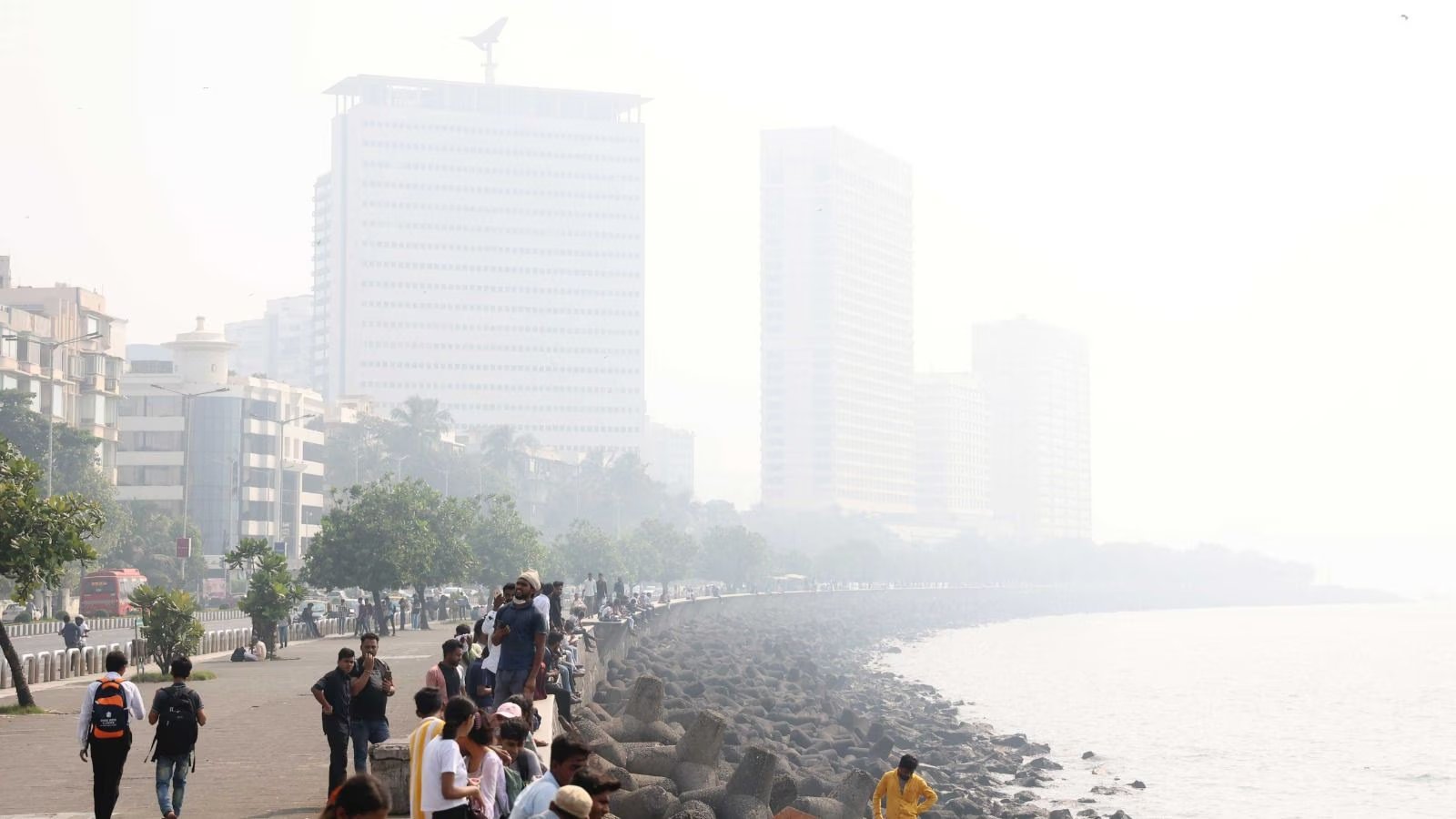
Government’s Catastrophic Health Advisory Failure
- Emergency health declaration for all areas recording AQI above 260, with mandatory protective measures
- N95/FFP2 mask distribution programs for vulnerable populations, funded by state health budget
- School and outdoor activity suspension protocols triggered automatically at severe AQI levels
- Emergency hospital surge capacity activation with respiratory specialists on standby
- Work-from-home advisories and public transport warnings for high-risk groups
- Free emergency medical consultations at municipal health centers for pollution-related symptoms
Reference: Ministry of Health and Family Welfare Air Pollution Health Advisory Guidelines
The Unforgivable Betrayal: Government Chooses Silence Over Lives
Let’s be absolutely clear about what happened here: Maharashtra government officials sat in air-conditioned offices while Mazagaon’s air quality deteriorated to AQI 305 — a level classified as “severe” and dangerous to human health. They had access to real-time monitoring data. They watched the numbers climb. They knew vulnerable populations were at risk.
And they did nothing.
Not a single comprehensive health advisory. Not a single emergency public health alert. Not a single coordinated response to protect 20+ million citizens from toxic air. While BMC bureaucrats issued 59 notices to construction sites, parents had no official guidance on whether to send their children to school. Cardiac patients received no warnings to avoid outdoor activity. Elderly citizens got no advice on protective measures.
The government found time to regulate construction sites but couldn’t spare a moment to save human lives.
Hospital clinicians report sharp rises in respiratory cases — media and doctor quotes put increases at 30-50% in hotspot areas during severe pollution episodes. Emergency rooms see surges. Doctors prescribe longer recovery periods. Citizens struggle to breathe. Many doctors and health professionals have warned citizens about harmful AQI levels through their social media channels. Pediatricians like Dr. Nihar Parekh asked parents and schools to avoid outdoor activities for children. Dr Vishal Gabale, a diabetes and metabolic health expert, suggested everyone to wear a N95 mask. Meanwhile, state health authorities maintain radio silence on emergency protocols. Read our in-depth coverage: Mumbai’s GRAP-4 Crisis: Government Inaction Despite Severe AQI.
This isn’t incompetence. This is calculated neglect.
Ministry of Health guidelines explicitly outline emergency health advisory protocols for severe air pollution episodes. The framework exists. The legal authority exists. The moral imperative exists. What’s missing? Political will. Government accountability. Basic human decency from those elected to protect public health.
Maharashtra government chose construction industry convenience over children’s lungs. They chose bureaucratic inertia over emergency health response. They chose silence over lifesaving guidance. And when questioned, they’ll hide behind procedural excuses while citizens continue breathing poison.
The Maharashtra Pollution Control Board’s emission inventory has identified construction dust, vehicular emissions, and industrial sources as primary contributors. The science is clear. The solutions are known. What’s missing is government action matching the crisis scale. For context on the broader picture, see Mumbai’s Construction Economy: 70% Air Pollution Contribution.
Citizens deserve answers: Why no emergency health advisory when AQI exceeded 300? Why no coordinated hospital response plan? Why no public health mobilization matching the enforcement mobilization? Why do construction permits matter more than public health? Why can the government monitor 24 wards for compliance but not issue a single city-wide health emergency alert?
The verdict is clear: Maharashtra government has catastrophically failed its most basic constitutional duty — protecting citizen health and safety during a verified environmental emergency. This failure demands immediate accountability, systemic reform, and prosecution of responsible officials for criminal negligence.
Mumbai’s Pollution Hotspots: Government’s Enforcement Theater vs. Health Protection Vacuum
Timeline of Government’s Criminal Health Advisory Failures
Government Inaction vs. Escalating Health Crisis: The Data Exposes the Betrayal
Clear pattern of reactive construction enforcement without proactive citizen health protection — the numbers don’t lie
The Human Cost of Government’s Health Advisory Vacuum
While Mumbai’s real-time AQI reached 260 at 6:04 AM on November 26, 2025, vulnerable populations remained without any critical protective guidance from state authorities. Hospital clinicians report increased respiratory cases during pollution spikes, yet no coordinated health response system has been activated. Children go to school. Elderly citizens go about their daily routines. Cardiac patients continue outdoor activities. All without a single official warning from the government supposedly elected to protect them.
The Maharashtra Pollution Control Board’s comprehensive emission inventory clearly identifies construction dust, vehicular emissions, and industrial sources as major contributors to Mumbai’s air pollution crisis. This isn’t speculation — this is peer-reviewed scientific evidence. Despite this documented knowledge, government response focuses solely on reactive site-by-site enforcement without any comprehensive public health mobilization. The science is clear, the sources are known, the solutions are documented. What’s missing? Government action matching the crisis urgency. Learn more about India’s Air Pollution Crisis: Top 5 Global Ranking.
BMC’s formation of flying squads across 24 wards conclusively proves administrative awareness of crisis severity and geographic scope. They know exactly which areas are affected. They have the organizational capacity. They have the legal authority. Yet the absence of any parallel health advisory system exposes government’s true priority: regulatory theater over citizen protection during environmental health emergencies. Buildings get monitored. Citizens get abandoned.
Year-to-date analysis through November 2025 shows 0% of Mumbai’s recorded days meeting WHO safe air quality limits. Zero days. Not a single 24-hour period where Mumbai’s air met international health safety standards. This isn’t a temporary crisis or seasonal variation — this is systematic, year-long failure of environmental governance and public health protection. Yet no comprehensive health advisory framework exists to protect citizens during severe episodes. Every day of government inaction represents a fundamental betrayal of constitutional duty to protect citizen health during verified environmental health crisis. Context: India Needs $2.4 Trillion for Climate-Resilient Cities.
Officials have cited economic and operational tradeoffs when weighing broader GRAP measures, explicitly acknowledging they’re balancing enforcement against construction industry impact. The government’s priorities couldn’t be clearer: protect economic interests, sacrifice public health. Construction permits matter more than children’s lungs. Industry convenience matters more than elderly citizens’ survival. Profit matters more than breathing.
The absence of a comprehensive health advisory isn’t an oversight — it’s a policy choice. When government officials can coordinate flying squad deployments across 24 wards, issue 59 site-specific notices, and manage complex GRAP enforcement protocols, they clearly possess the administrative capacity for coordinated response. They choose not to deploy that capacity for citizen health protection. They choose construction regulation over human survival. They choose bureaucratic procedure over emergency healthcare. Every hour of this deliberate inaction adds to the health toll Mumbai’s most vulnerable populations will pay for years to come. More context: Mumbai’s CNG Supply Crisis: Infrastructure Challenges.
Demand Immediate Government Health Emergency Response
Maharashtra government must immediately issue comprehensive health emergency advisories, activate hospital surge protocols for vulnerable populations, and establish transparent health protection systems with the same urgency given to construction industry regulation. Citizens deserve emergency health protection matching the enforcement mobilization deployed for building permits. File complaints. Demand accountability. Force government action.
Share this article. Spread awareness. Hold authorities accountable for criminal negligence during public health emergency.

